Drilling into cast iron can be intimidating – after all, it’s a notoriously strong material that has been used to make everything from cooking pots to massive industrial machines. But the truth is, with the proper preparation, the right tools and a bit of knowledge on the subject, anyone can learn to drill into cast iron with ease! In this guide, we’ll cover everything from what kinds of tools will work best for each task to tips and tricks that will help make your project run as smoothly as possible. So grab your bits and drills and let’s get ready to tackle any drilling project in no time!
What Do You Need For Drilling Cast Iron?
Drilling cast iron requires a few specialized tools. You’ll need:
- Drill bit – Use carbide tipped bits designed for metal. These are more durable than regular HSS or cobalt steel bits and will last longer when working with tough materials.
- Hammer drill – It has a rotating action that helps to break through the tough material quickly and efficiently.
- Safety gear – Wear goggles, gloves, and any other protective clothing.
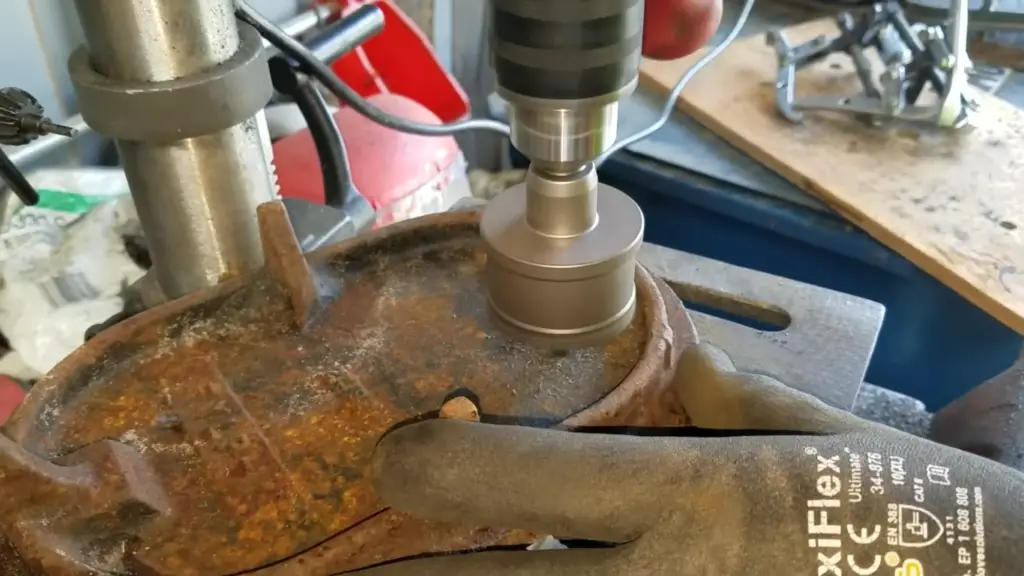
How to Drill Through Cast Iron
For many projects, it requires the use of a specialized drill bit. As the name implies, this type is specifically designed to cut through hard materials.
When using a masonry bit, remember to use plenty of lubrication. This will help keep the bit from overheating and prevent it from becoming dull too quickly. It’s also important to go slow and use a low speed to avoid breaking the bit.
Another way is by using a rotary hammer drill with a chisel-point masonry bit.
If you are drilling into cast iron for a plumbing or electrical project, it may be best to hire a professional to complete the work. This will ensure that it is done correctly and safely without any risk of damage. Hiring a professional can also save you time and money in the long run.
To Lubricate or Not to Lubricate
Think about lubrication. This is especially true when you’re drilling multiple holes or deep holes. Lubricating the bit with a light oil helps reduce heat and friction which can cause drill bits to fail prematurely. You should also make sure that the hole is free of dust and debris! If you’re unsure about whether or not you should lubricate, consult a professional. They can advise you on which type of lubricant will be best suited for the job and make sure that it’s done correctly.
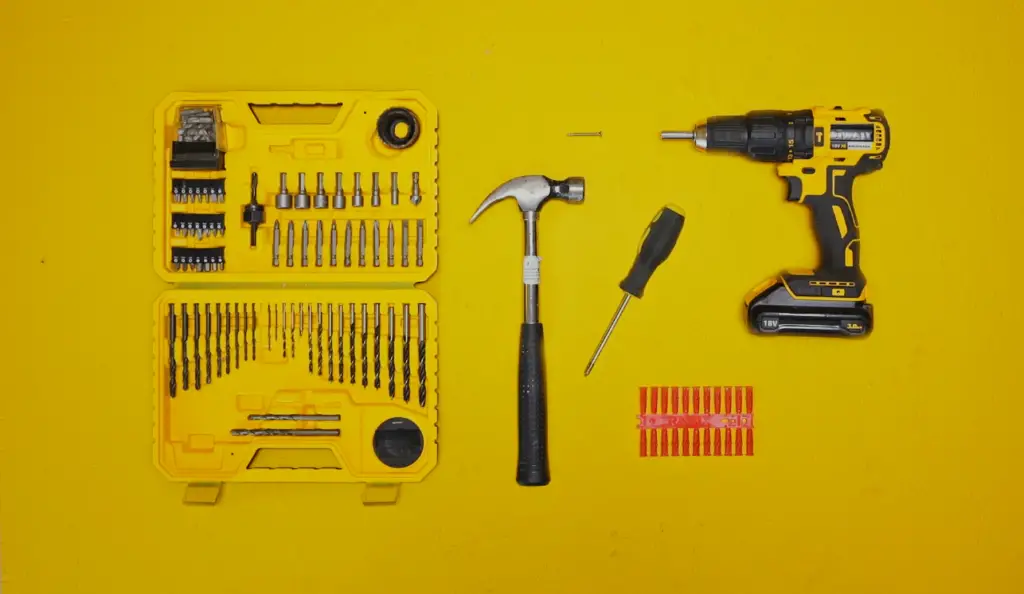
Another thing to consider is the drill bit itself. Use a cobalt-based bit as they are designed with tougher materials that can stand up to harder metals. Ensure that the bit is sharp and not dull or worn down. Sharp bits will drill faster and more accurately, creating a smoother with less friction.
Finally, be sure to drill slowly and steadily. Speed isn’t always your friend here! A slower speed helps the drill bit stay cool and avoid having it overheat and break. It’s also important to regularly back off a little and clear the bits from any accumulated metal filings, dust or debris.
Drill Bits
The most commonly used bits for cast iron are carbide-tipped masonry bits and high-speed steel twist drills. Carbide-tipped masonry bits can be used for larger holes in thicker sections of cast iron, while high-speed drills are better suited for smaller holes in thinner sections.
Maintain a slow speed and steady pressure. If the drill bit overheats due to too much pressure or speed, it can cause it to wear out prematurely. High-speed drills should be used with either an oil-based lubricant or a water-based coolant to prevent the drill bit from overheating.
It is also important to use sharp drill bits. Dull bits can cause the material to crack and break, resulting in an uneven hole. If a dull bit is used, it will take longer to create the hole and may not produce a clean cut.
Use the right size drill bit. If a too-small bit is used, it can cause the hole to become jagged and uneven. On the other hand, if a too-large bit is used, it can cause the metal to crack or break.
Use Drill Bits Made of Corded Brass
These drill bits are specifically designed for drilling in harder materials and can get through much easier than regular ones. They also won’t break or chip like regular drill bits might when you try to use them on hard materials.
When selecting a drill bit, make sure to look for one that is the right size and shape for your project. It should also be made of the strongest material available – either corded brass or high-speed steel. Make sure the shank is securely fastened in a chuck before beginning any drilling operations.
Additionally, using a lubricant like machine oil or cutting fluid will help reduce friction and make drilling easier. If you’re using a drill press, set the speed to its lowest setting as this will prevent the bit from overheating and potentially cracking the cast iron.
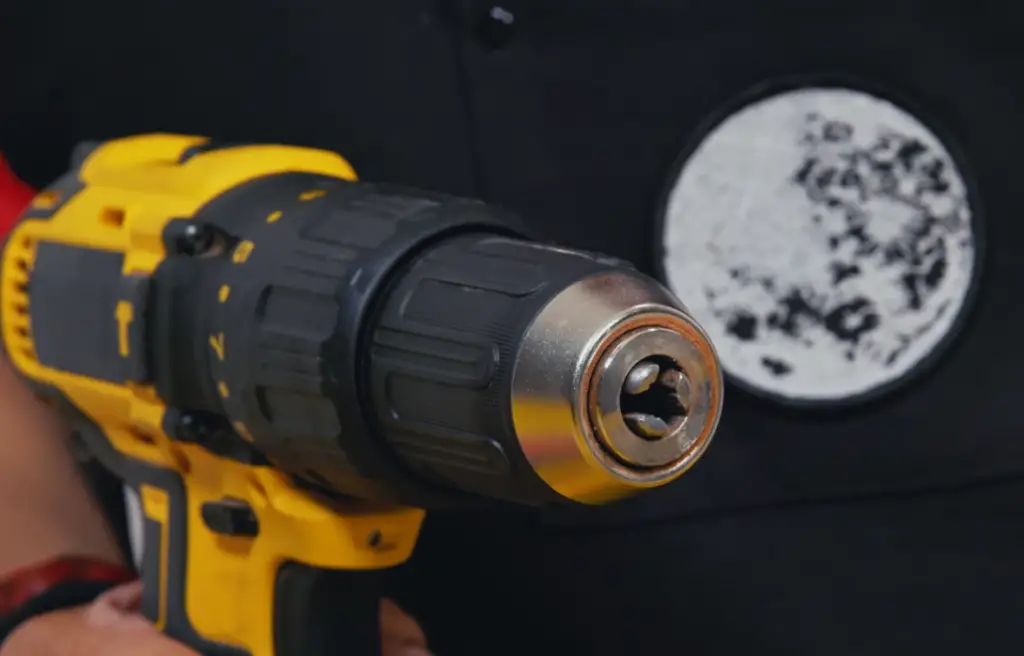
Start with small pilot holes before working up to larger ones. This helps get an accurate measurement of the hole size and maintain a manageable cutting speed. Always drill straight down, as angled or curved holes can weaken the integrity of the cast. [1]
With the right tools and techniques, drilling into cast iron is not a difficult task. Remember to use a lubricant, start with pilot holes, and drill straight down for best results.
Add a Fluid to Help the Drill Bit Rotate
Adding a fluid such as water, oil or lubricant to the area where you’re drilling can be helpful in getting the bit turning. This will provide some extra friction and help keep the bit from overheating and burning out. Additionally, the fluid helps cool down the bit and remove metal chips as they are produced. This is especially important, as it produces significantly more metal chips than other materials. If you don’t use a fluid, the drill bit can become clogged and won’t be able to remove the material efficiently.
What Not to Use
Make sure that you don’t use ordinary drill bits. Regular drill bits are not designed for hard materials and can become dull very quickly. This means that your drill will take longer to do the job, and could end up causing damage to the material. It’s best to use a carbide-tipped bit instead.
Another thing to avoid is using too much force. While it may seem like you need to apply more pressure to get through the material, this can actually cause the bit to break, resulting in a much bigger headache. It’s best to take it slow and steady, allowing the bit to cut into the material.
Finally, be sure not to use any lubricant. This could potentially cause the drill bit to slip out of place or create hot spots that could warp the metal.
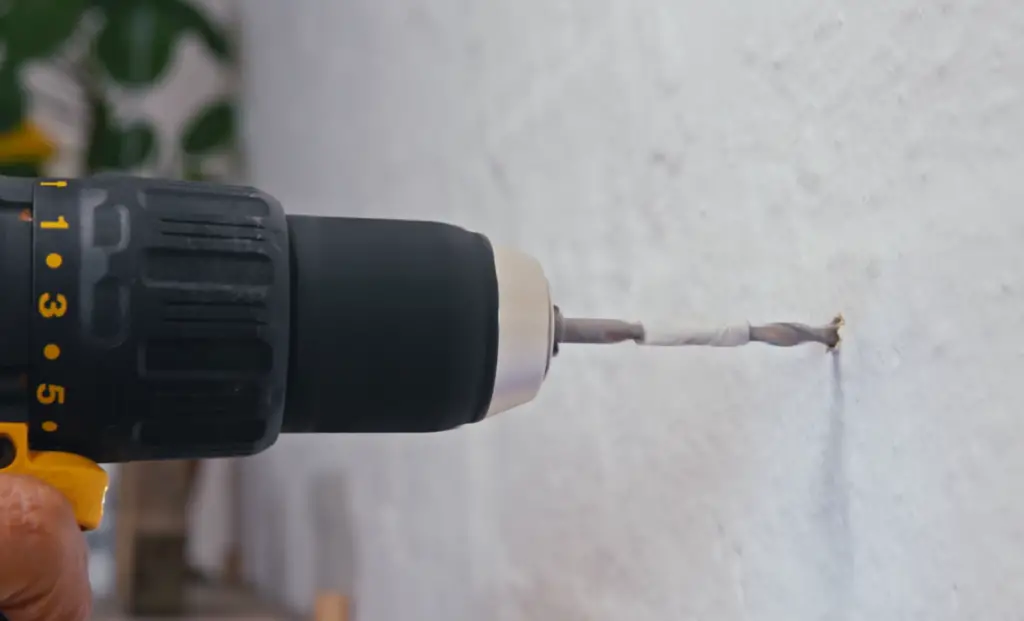
What to Use
The best tool for the job is a drill press. This will ensure that you have a steady and consistent speed, allowing your bit to cut through the material quickly and safely. If you don’t have access to a drill press, then an ordinary hand drill can also be used with some success. Just make sure to take it slow and steady, as with any other drilling project.
Carbide-tipped bits are specifically designed for hard materials and will stay sharp longer than ordinary drill bits. It’s important to note that these bits can be quite expensive, but they are worth it for the long-term savings in time and effort.
Finally, be sure to use a cutting fluid. This will help your bit stay cool and reduce friction, allowing you to get through the material more quickly and safely. There are many diverse types of cutting fluids available on the market, so be sure to choose one that is specifically designed for use with hard materials. This will ensure that your drill bit stays sharp and isn’t damaged in the process.
Use a Hammer Drill
This device combines the power of a standard electric drill with the additional force of a rotary hammer, allowing it to break through harder materials such as cast iron. The extra force from the hammer motion will help the bit cut through more efficiently and produce cleaner holes. You will still need to use a lubricant and keep the bit cool. However, the added force provided by the hammer will help you get through thicker materials with less effort.
Additionally, it’s important to make sure that you are using a drill bit specifically designed for cast iron for optimal performance and accuracy.
Use an Electronic Tool
If you are looking for a more precise and accurate way, then an electronic tool such as a CNC machine may be the right option. This device uses computer-controlled drills to precisely cut through materials quickly and accurately. While these machines are efficient, they can also be quite expensive. Additionally, they require a great deal of skill and knowledge to operate correctly, so it’s best to hire a professional if you are unfamiliar with the process. However, if you have the right equipment and skills, then this is a great way to quickly and accurately drill into cast iron. [2]
Drill Speed
Consider the speed of your drill. The slower you go, the better chance you have of avoiding cracks and chips in the material. Slow speeds also help ensure that your hole is accurate and precise.
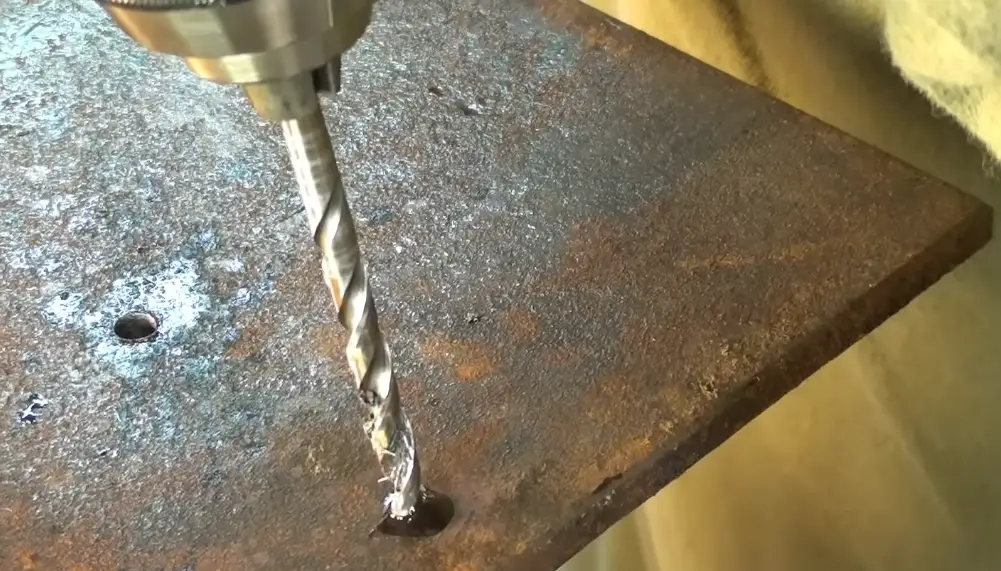
When it comes to the bit you’re using, make sure it’s sharp and in good condition. A dull bit will cause more friction when drilling which can lead to overheating and reduce your accuracy. Also, choose the right size bit for your needs. Generally speaking, selecting a slightly larger drill than what is needed will reduce the chances of having to drill multiple times to get a hole of the desired size.
Once you’ve chosen your bit and set the speed, be sure to use plenty of lubricant when drilling into cast iron. This will help keep things running smoothly and protect against heat buildup.
Finally, it’s important to keep a steady hand. Taking your time and making sure that everything is lined up correctly before beginning will help you get the best results. With some patience and practice, you can be sure that your project comes out perfect every time!
Additional Tips and Advice
There are a few other things you should keep in mind. For example, always ensure the drill is firmly secured before beginning. It’s also important to use the right kind of lubricant; light oil or WD-40 are generally best for this type of project. If possible, try to avoid using water as it can cause rusting and other damage to the material.
Another important thing to consider is heat buildup when drilling. If you start to feel the bit getting too hot, stop and let it cool down. This will help prevent any cracks or chips from occurring in the material. It’s also a good idea to periodically check that your drill bit is still sharp; if it gets too dull, replace it with a new one.
Finally, always practice safety. Wear protective gear such as goggles and gloves to protect against any particles created during the process. Also, be sure to keep the work area well-ventilated and avoid any open flames or sparks that could cause dangerous fumes. Taking these precautions will help ensure your project turns out perfect every time!
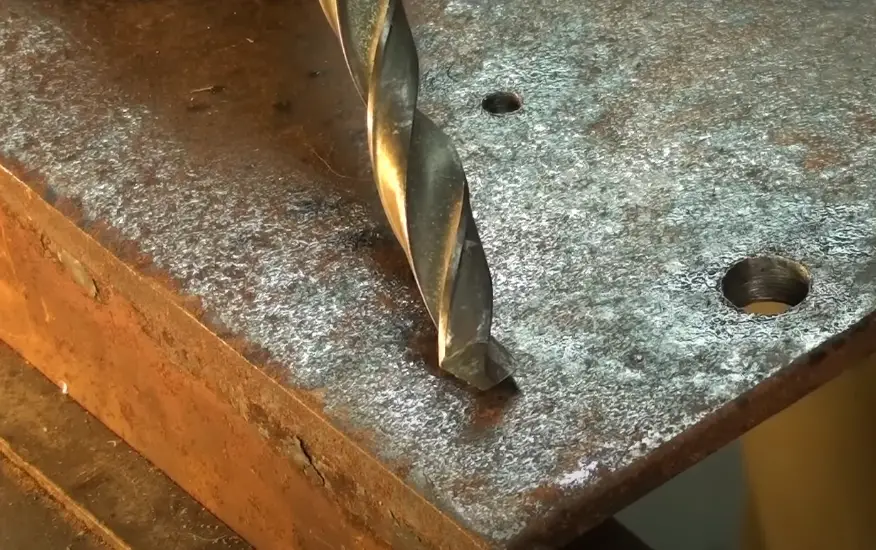
FAQ
What is the best drill bit for cast iron?
The best bit for cast iron is one that is made of high speed steel, cobalt, or carbide. They are designed to be durable and will be able to handle the tough hardness of cast iron. Choose a bit with the right size and shape for your project; this will help reduce the chances of overheating and ensure a clean and accurate hole. [3]
How can I drill a hole into cast iron?
It requires high-speed bits designed specifically for drilling through this type of material. It’s best to start with the smallest drill bit possible and then work your way up in size as needed. You should ensure that you are using sharp drill bits, and lubricate the bit often while drilling. Additionally, it’s important to use proper ventilation while drilling as cast iron generates a lot of dust.
You should also clamp the cast iron down before drilling into it to prevent any movement while using the drill.
Additionally, having a scrap piece of wood between the cast iron and your work surface can help prevent chipping or cracking of the metal as well.
Finally, use a rust inhibitor on the finished hole in order to prevent any corrosion from occurring. This will ensure your hole stays in top condition for years to come.
Can cast iron be drilled and tapped?
Yes, you can drill and tap into cast iron.
For tapping, use a tap made from high-speed steel or cobalt. You should also lubricate the tap with cutting oil and make sure to apply enough torque to the wrench so that it doesn’t bind up in the hole. If you’re having trouble getting your tap started, try pre-drilling with a drill bit slightly larger than the tap’s diameter.
It’s also a good idea to wear safety goggles, as bits and shavings can fly off unexpectedly.
Once you’re done drilling or tapping, be sure to clean off any excess lubricant from the surface of the material so that it does not rust over time. With these tips in mind, you should be able to successfully drill and tap into cast iron with ease.
If you’re looking for more information on drilling and tapping different materials, there are many great online resources available, such as blogs and forums dedicated to metalworking. These can provide helpful advice from experienced professionals who have done this type of work before. Spending a few minutes doing research before beginning a project can help ensure that your outcome is successful. [4]
Still have questions? Reach out to an experienced welder or metalworking professional in your area for advice and guidance. With their help, you can be sure to achieve the best possible outcome for your project.
Is drilling cast iron hard?
Yes, it can be difficult. The hardness of the metal makes it not only hard to drill but also dangerous as well. If you don’t take the necessary precautions, you could break your drill bit or create a lot of sparks that could cause a fire. [5]
Use a high-speed drill since it has more torque than other drills and will be able to handle the pressure.
Use a lubricant. This will help to reduce friction and keep the bit cool, which will make it easier to work with and extend its life. It’s best to use a proper cutting oil formulated for metalworking or a spray-on lubricant like WD-40.
Finally, wear the proper safety gear. This includes protective eyewear, a face shield, and gloves. You should also be mindful of the dust created when drilling as it can contain tiny particles of metal that can be dangerous if breathed in. Finally, always be sure to work in a well-ventilated area when working with metals to limit your exposure to fumes and dust.
Useful Video: Drill Cast Iron Easy With Carbide Annular Cutter Drill Bit
Conclusion
While drilling into cast iron can present its challenges, it is indeed feasible with the proper tools and techniques. With the right approach, one can successfully navigate this task and achieve the desired outcome. Use high-quality drills and bits as well as the proper lubricants to ensure that your project is successful. Wear all safety gear such as eye protection and gloves when drilling. With these tips in mind, you can successfully create a hole in the material for whatever project you have in mind.
It’s also important to note that if you’re going to be drilling multiple holes into the same piece of cast iron, it may require some extra work and special tools than what’s needed for just one hole. If this is the case, it’s best to consult an expert in the field and make sure that you have all the tools and techniques necessary to complete the job. With the right equipment, patience, and knowledge, you’ll be able to drill into cast iron with ease. Good luck!
References
- https://www.hunker.com/13403041/how-to-drill-into-cast-iron
- https://yourgarageguide.com/how-to-drill-a-hole-in-cast-iron/
- https://h-o-m-e.org/drilling-cast-iron/
- http://www.chaski.org/homemachinist/viewtopic.php
- https://drilladvice.com/how-to-drill-cast-iron/






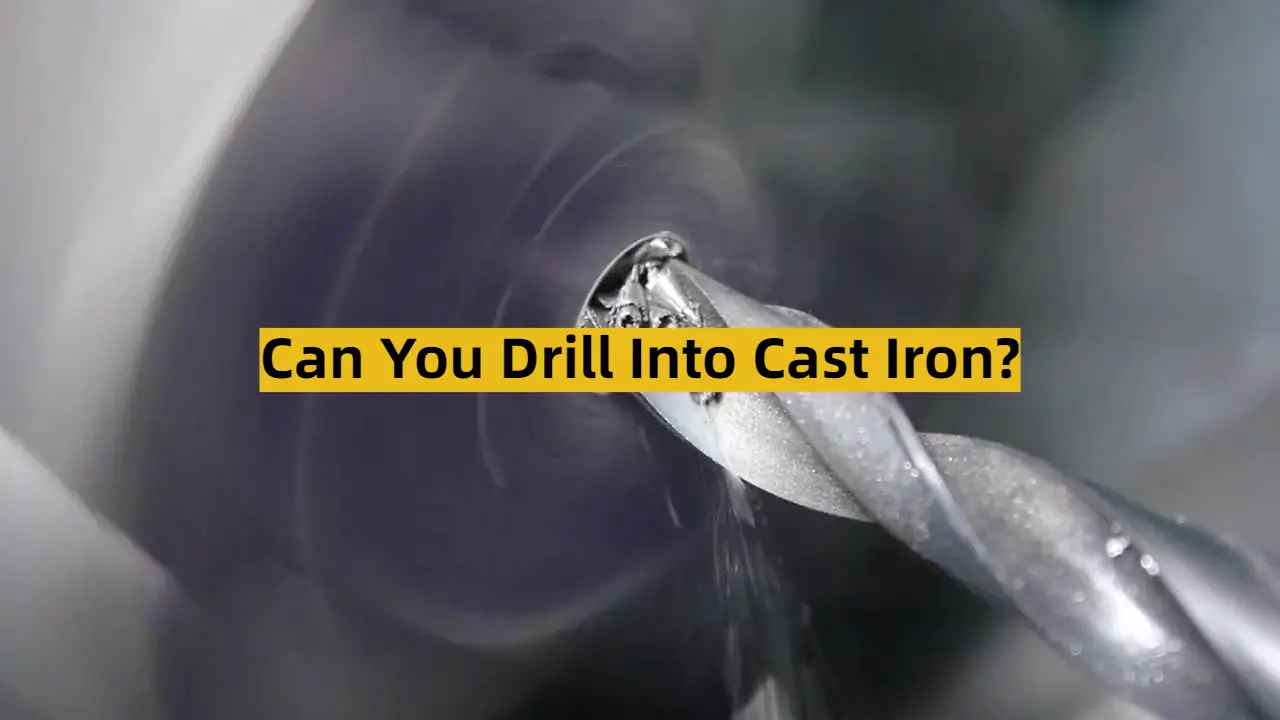




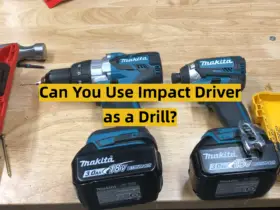

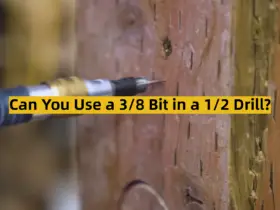
Leave a Reply